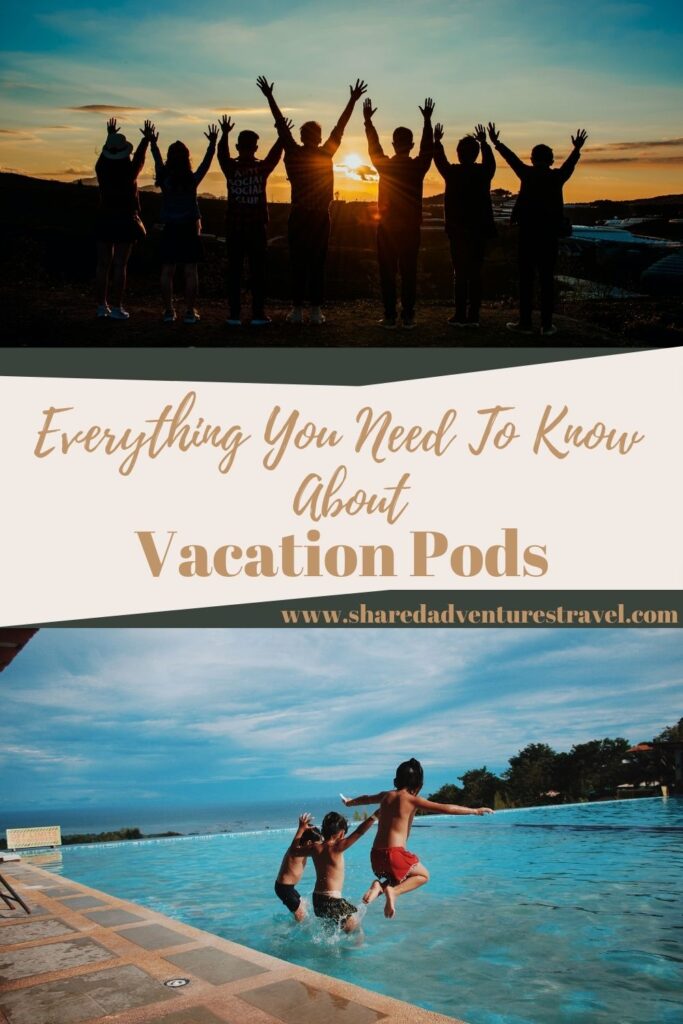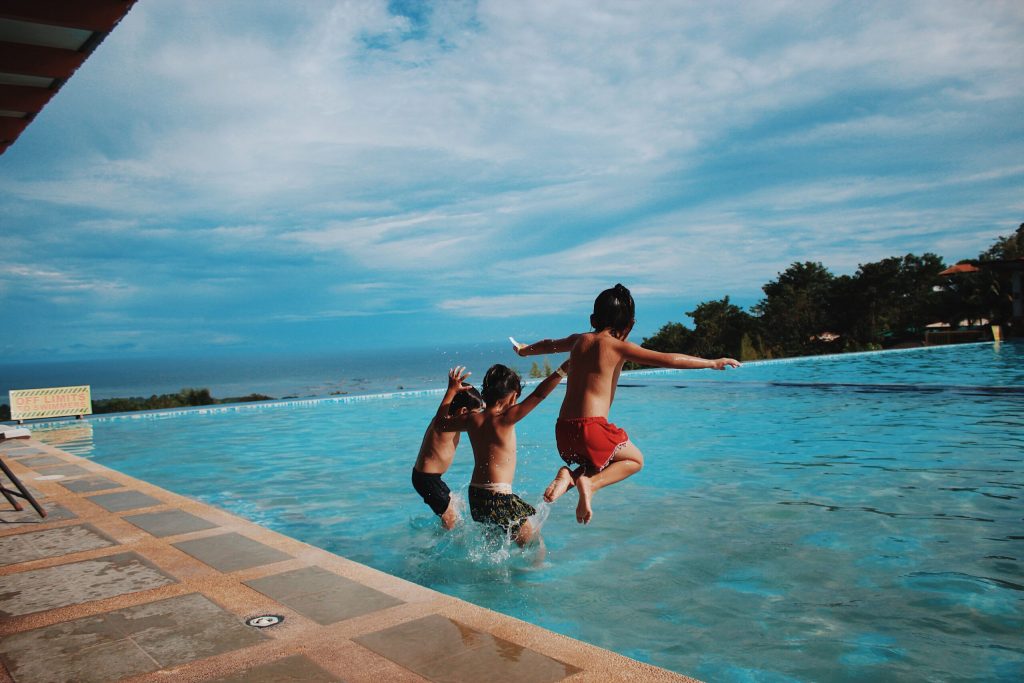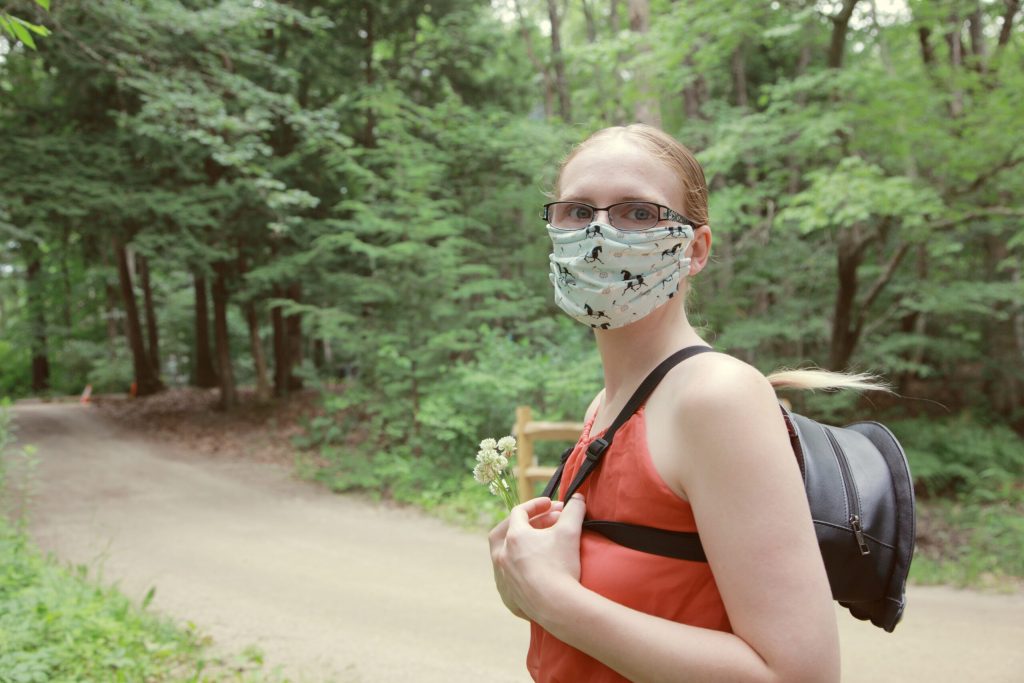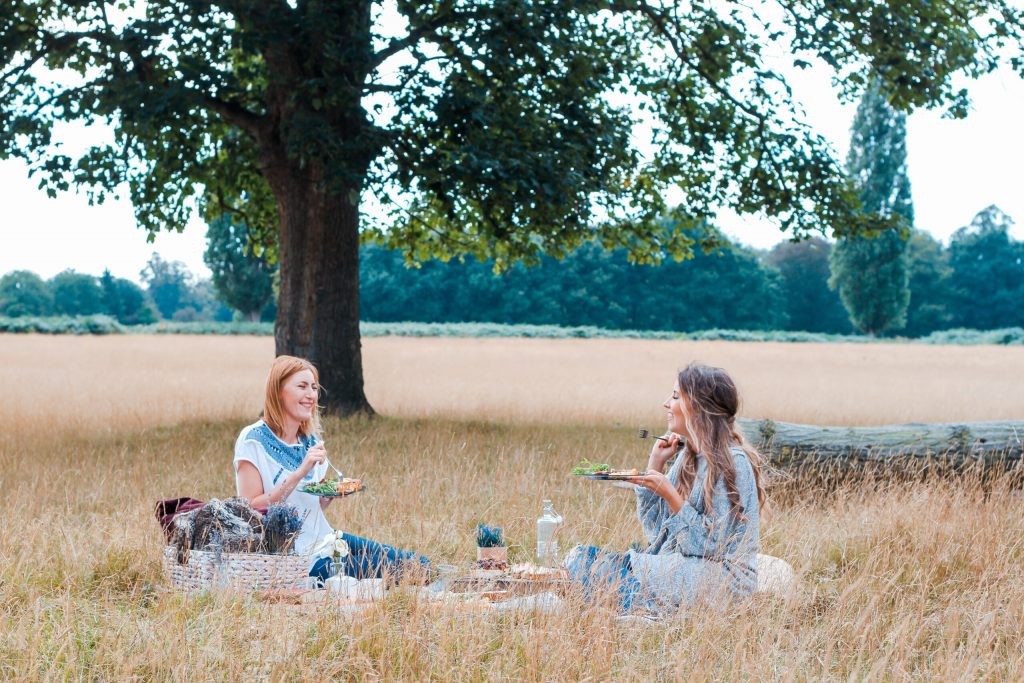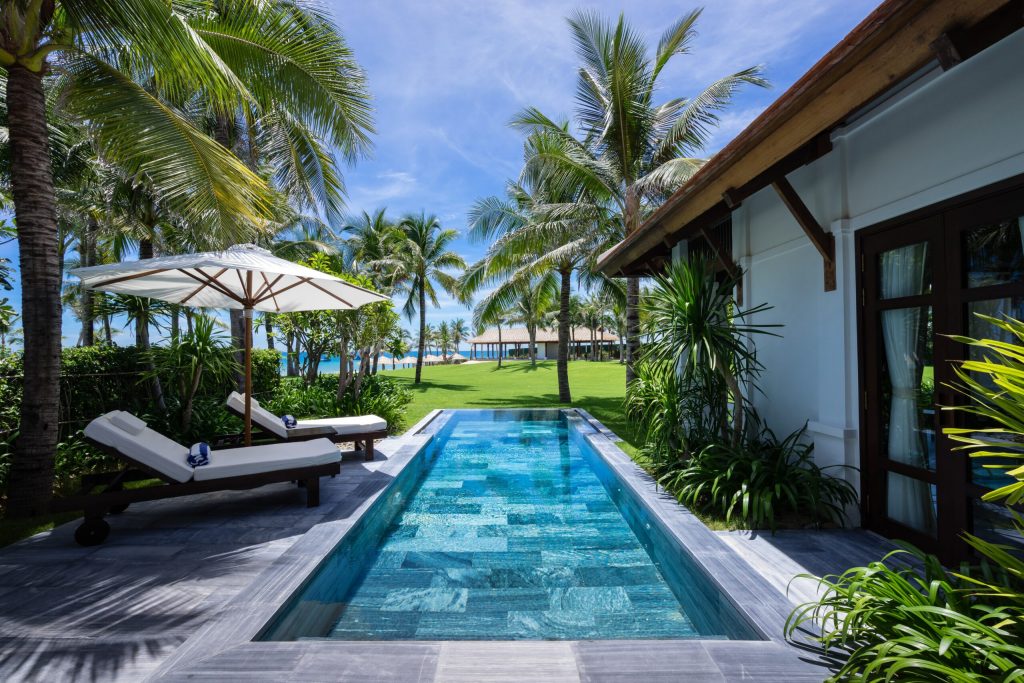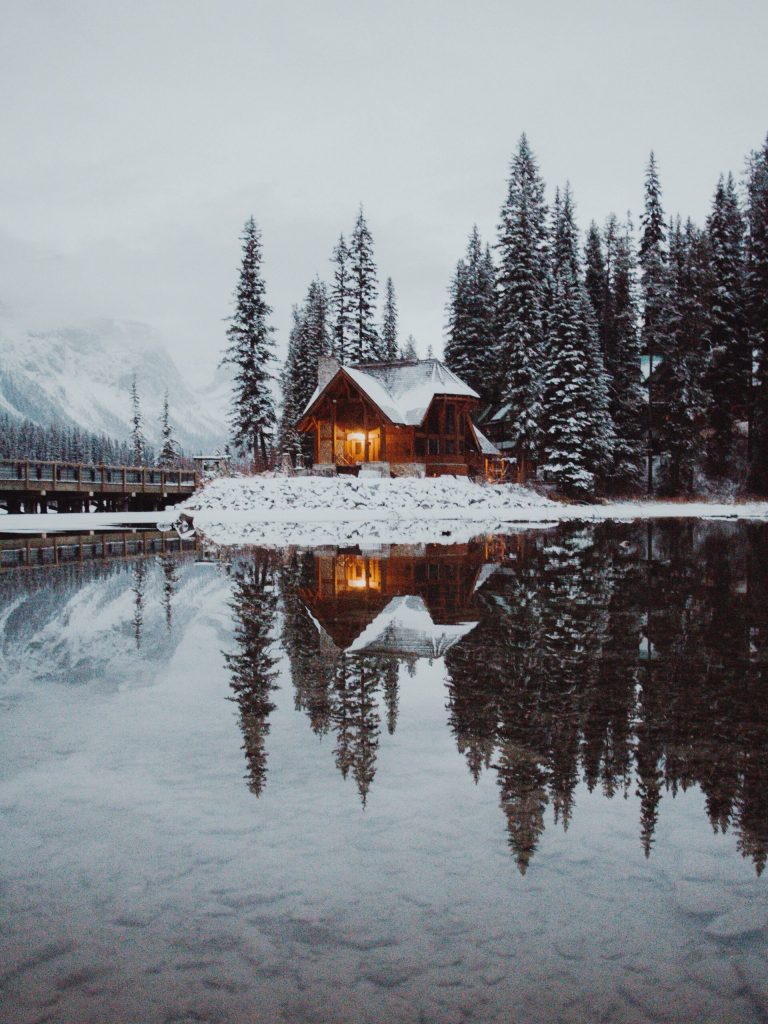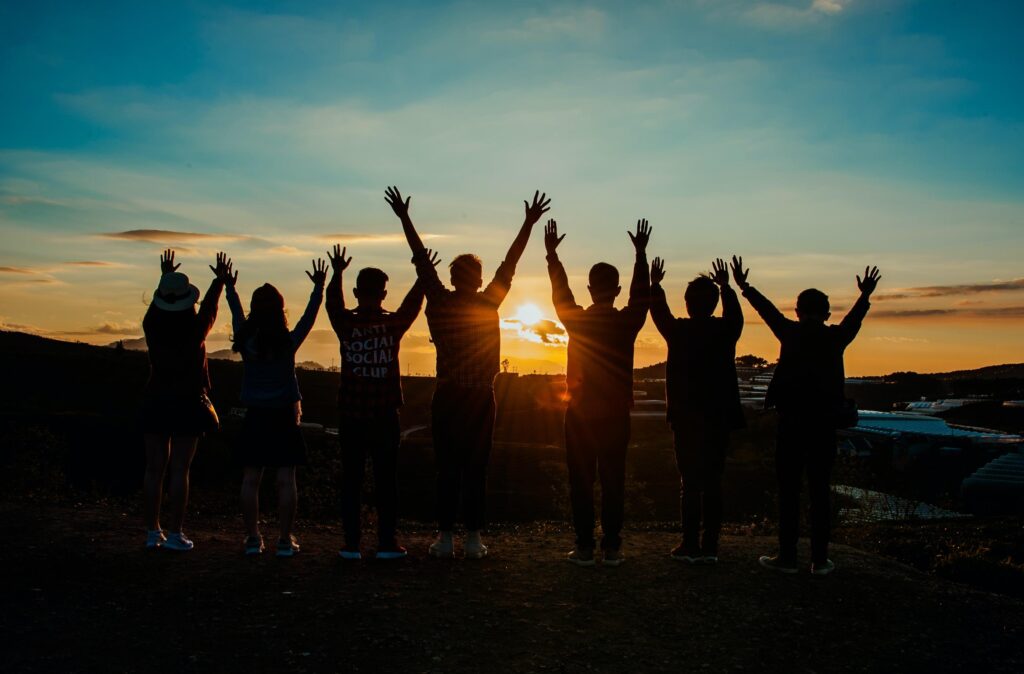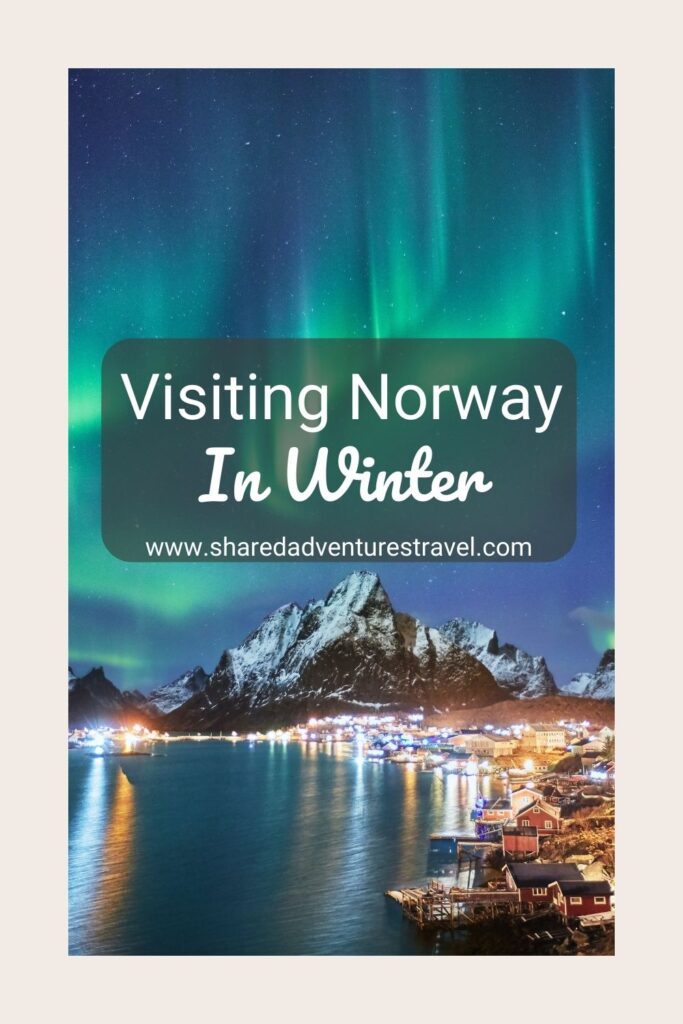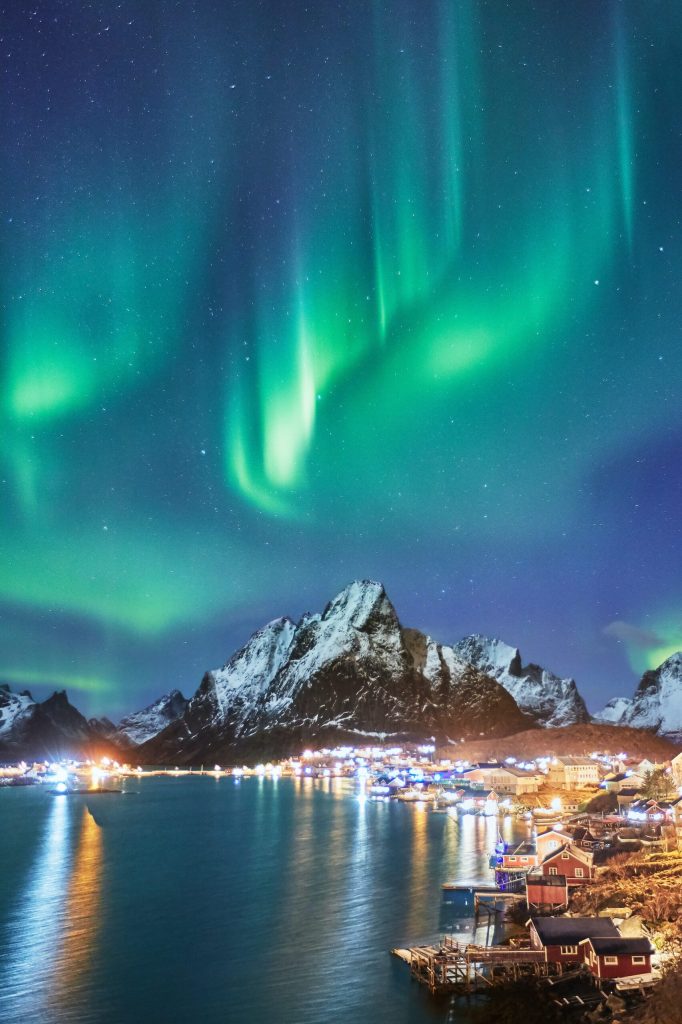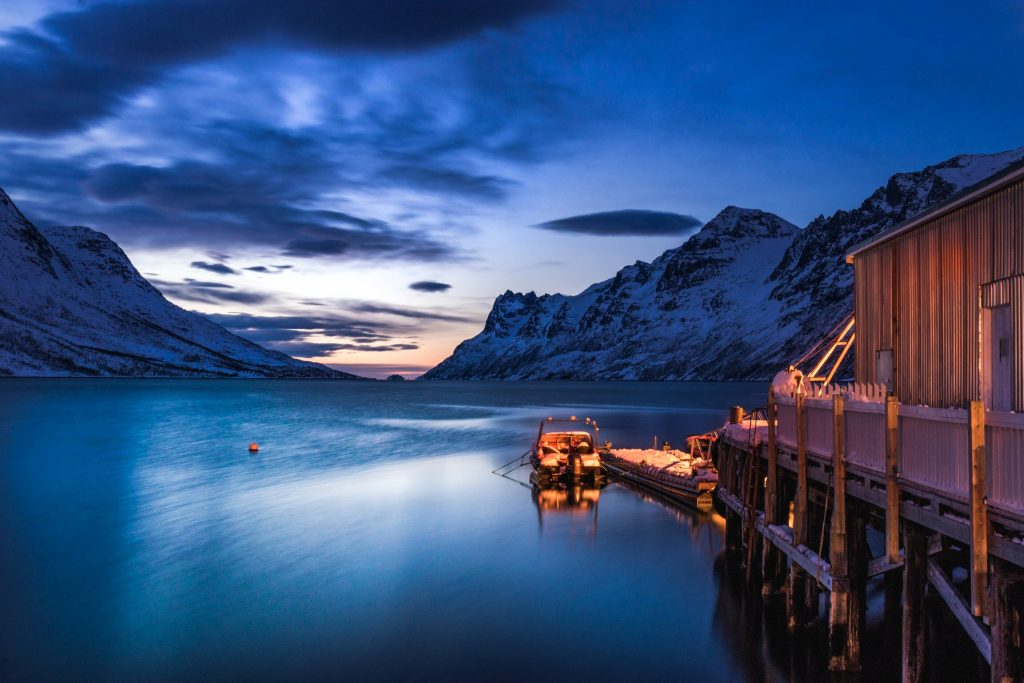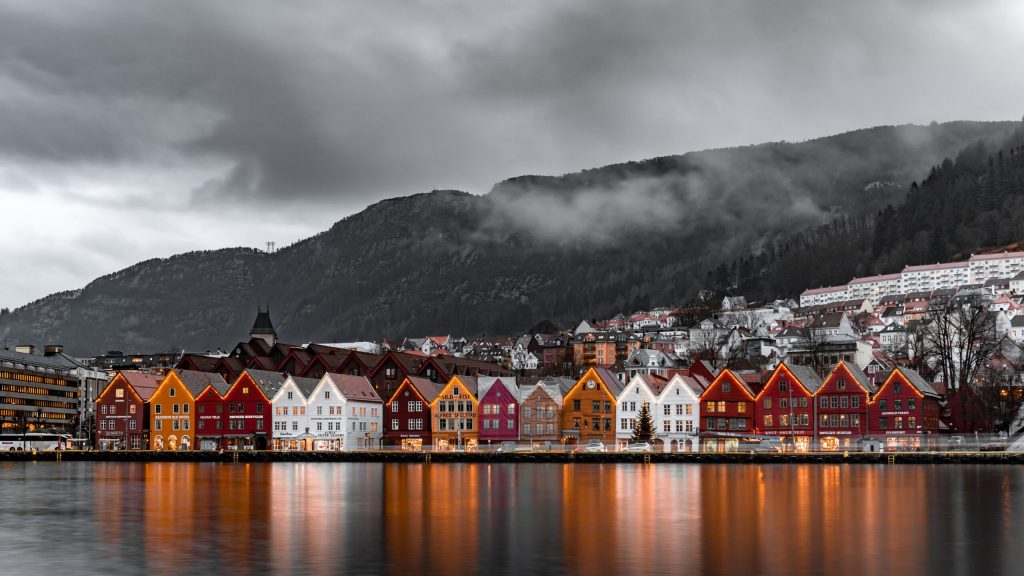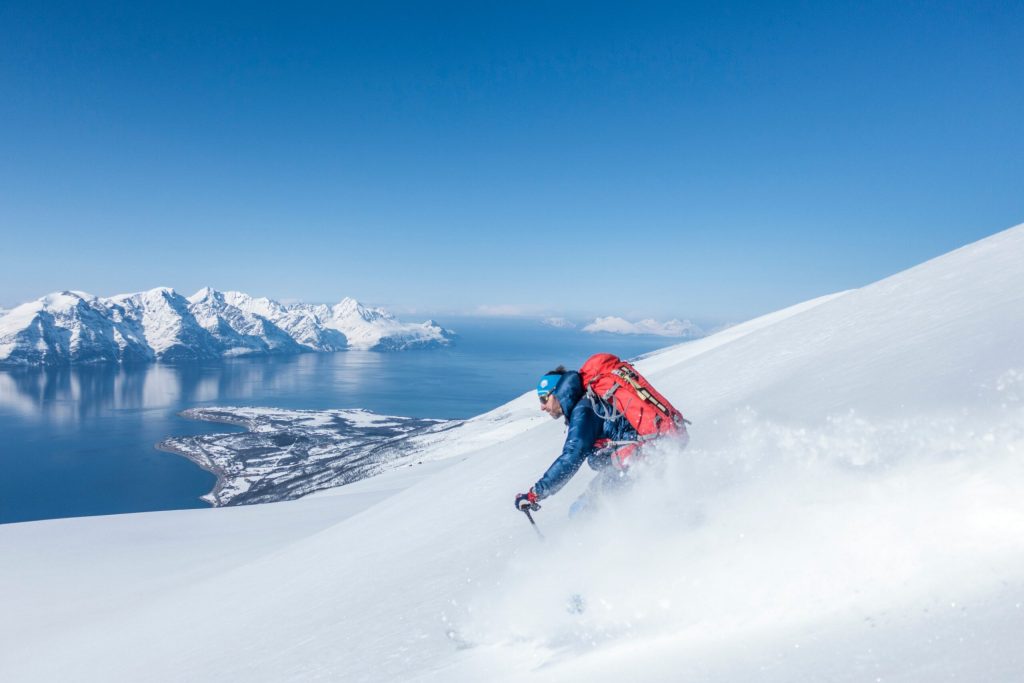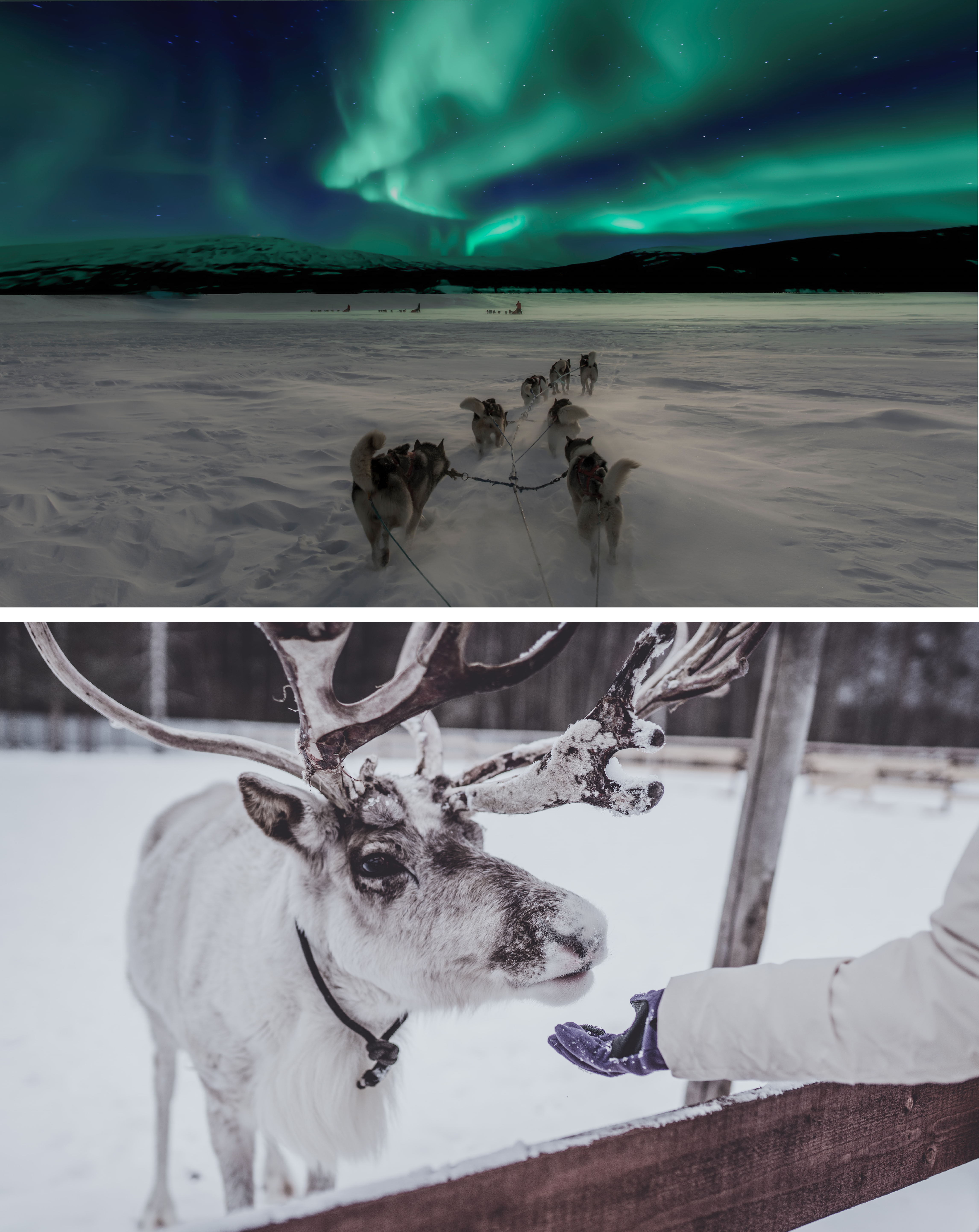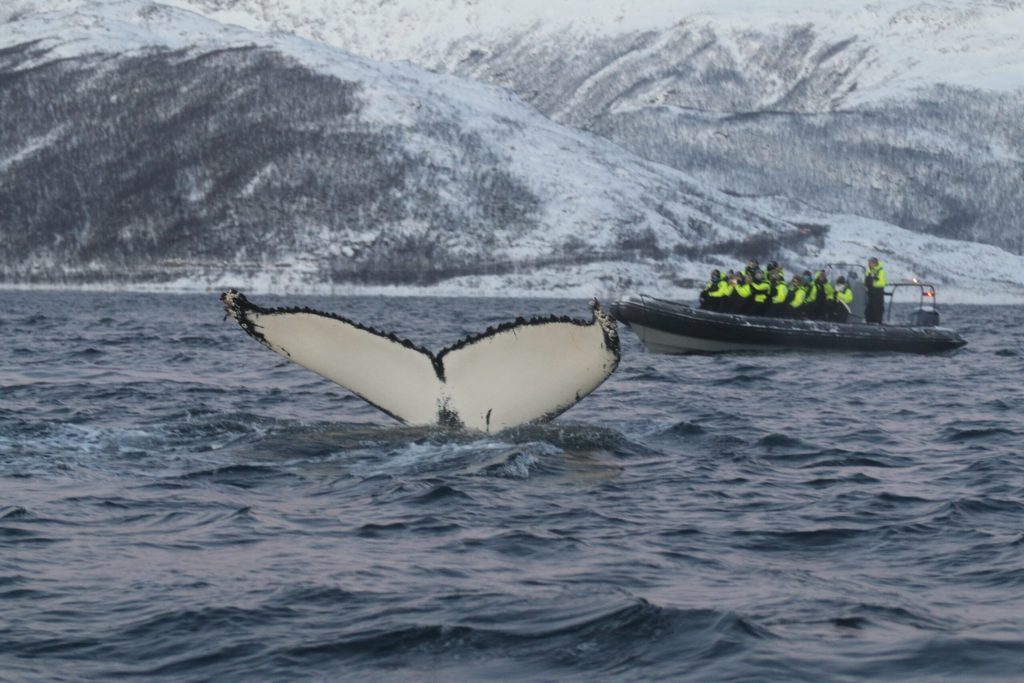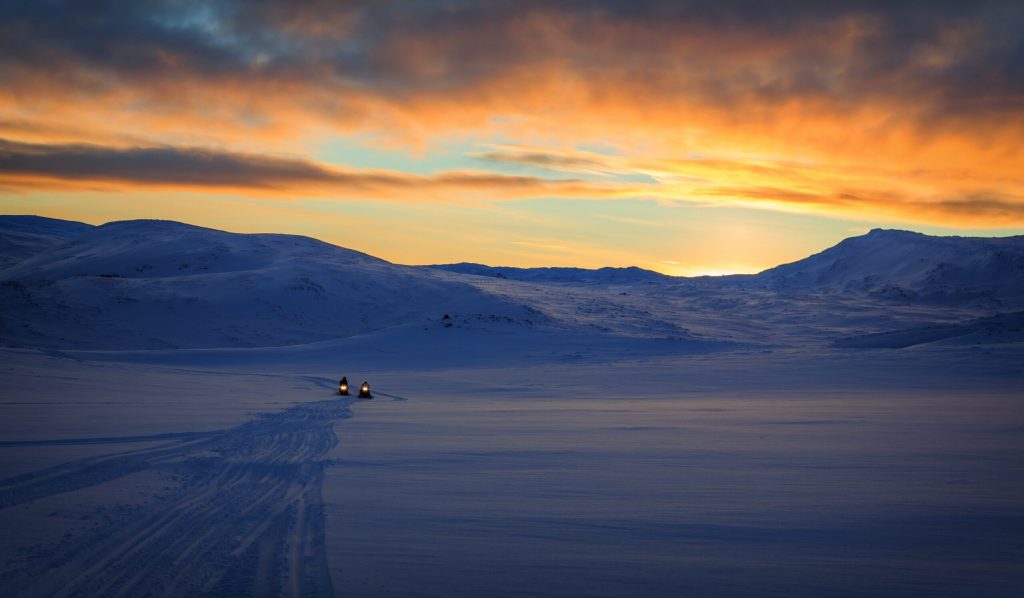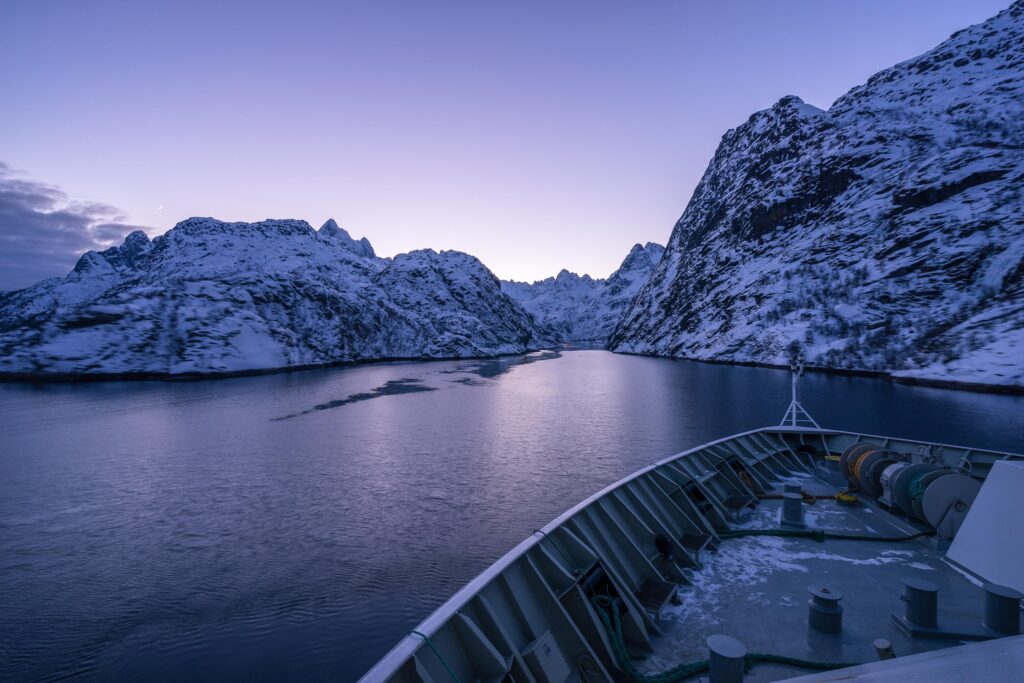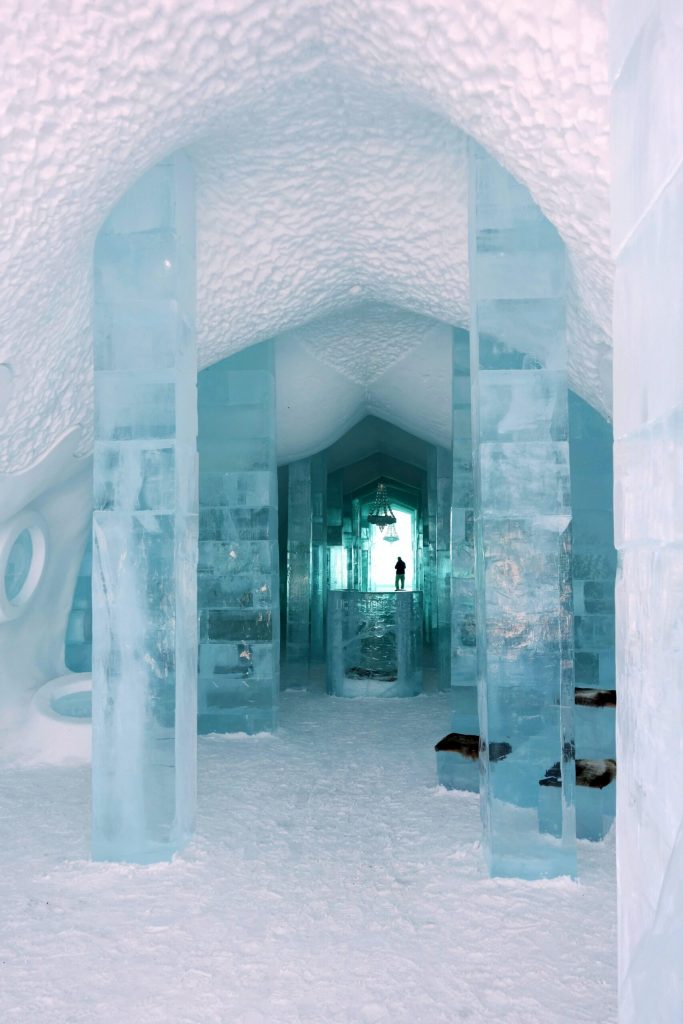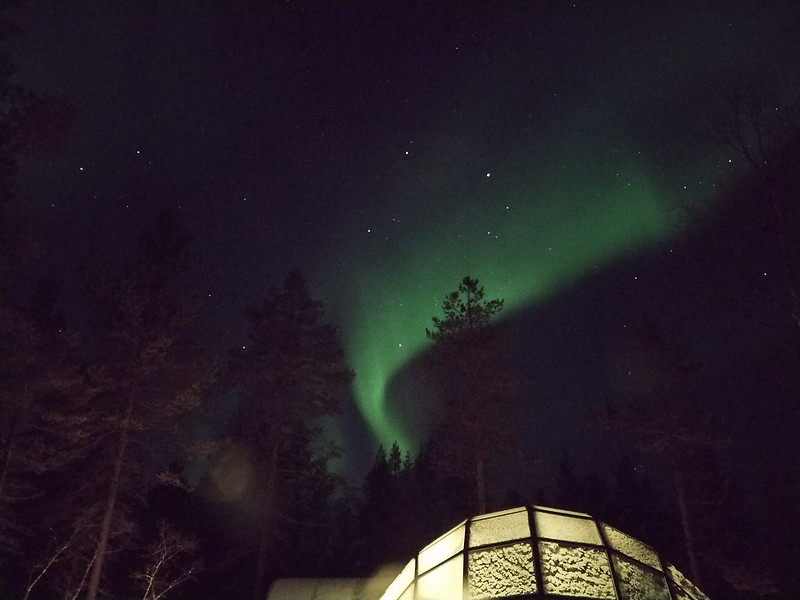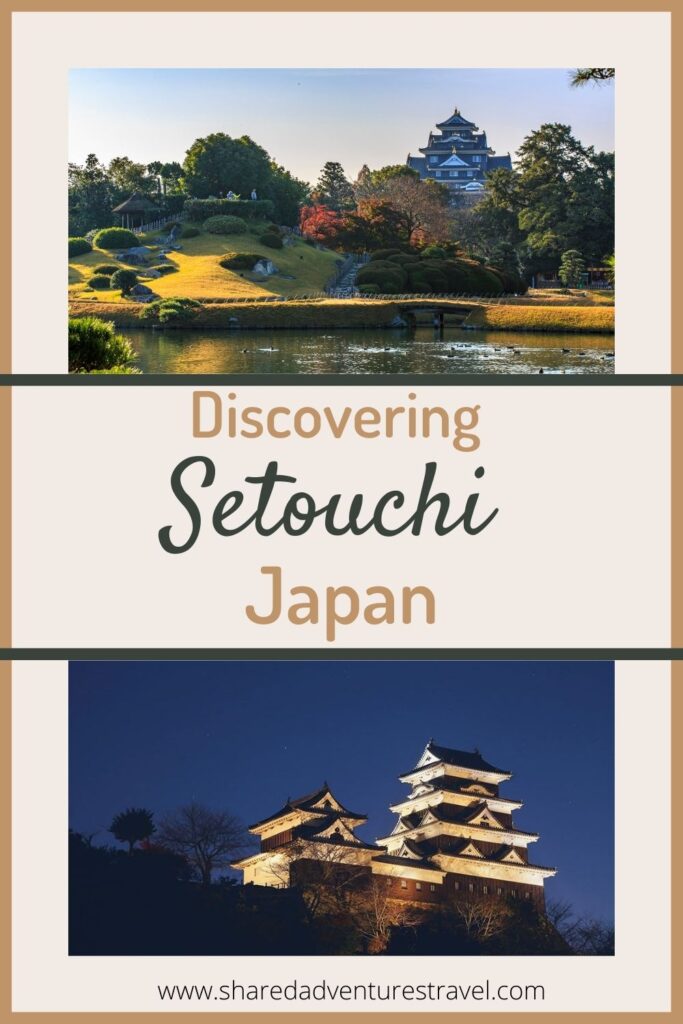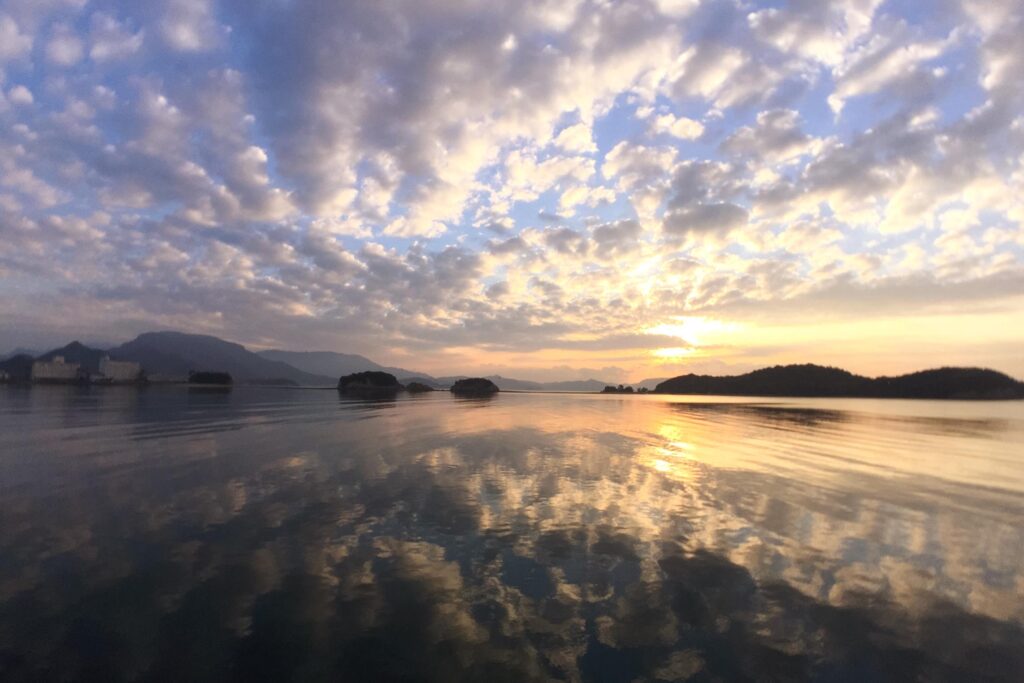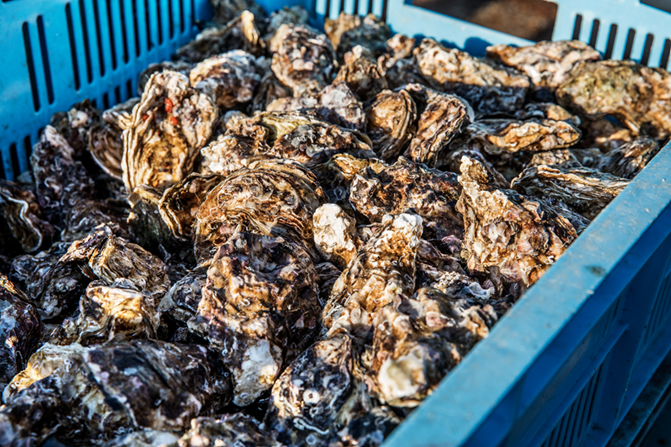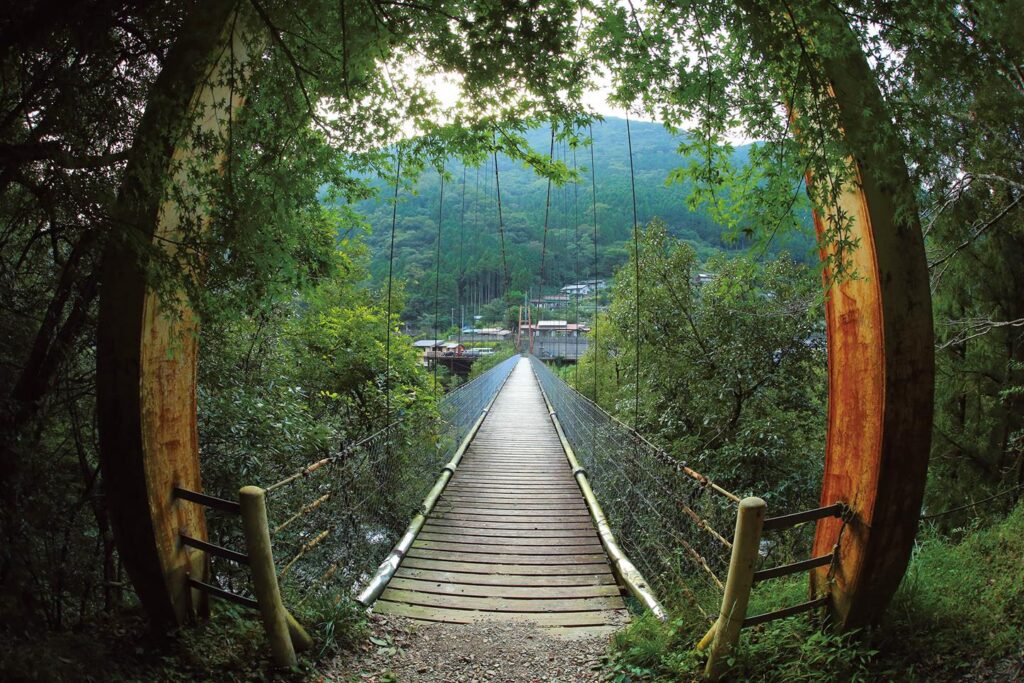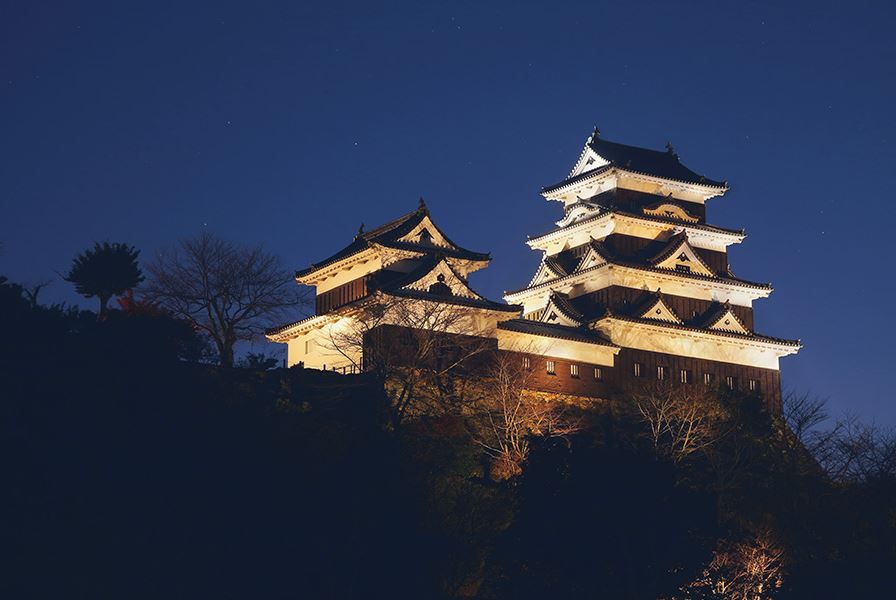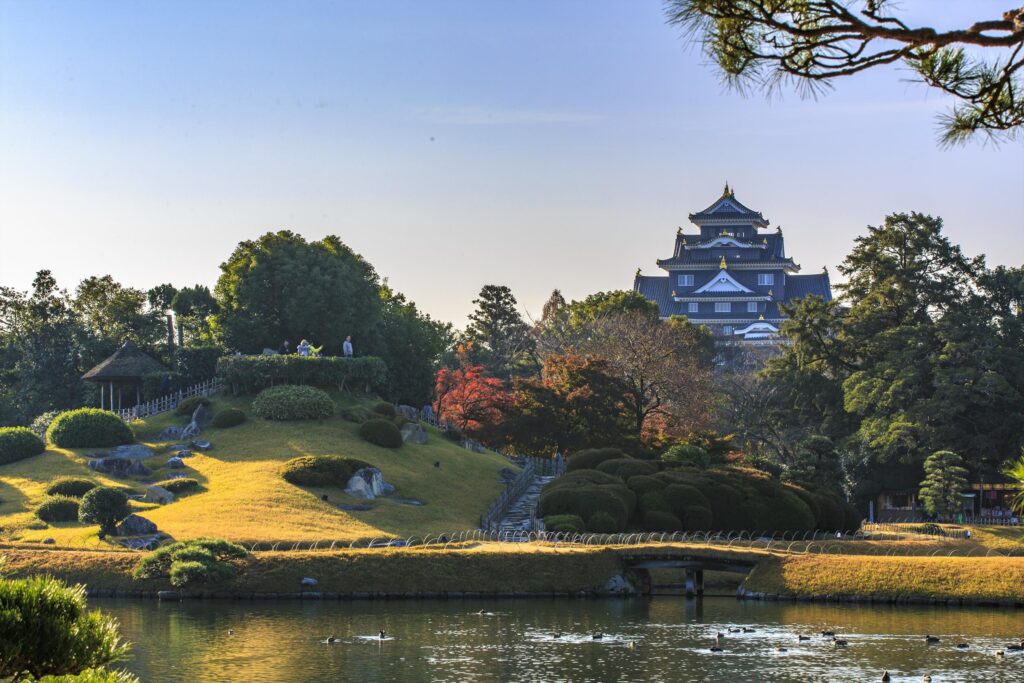For our first real vacation during COVID, my husband and I planned a long-weekend getaway to Colorado. We wanted to spend a few days in Rocky Mountain National Park, visit a quintessential ski town (Vail) and go hiking in the Garden of the Gods. The idea was that we’d stay away from cities like Denver and Colorado Springs, and spend all of our time social-distancing in the great outdoors. Happy to finally have a trip to plan, I spent hours researching great hotels, making dinner reservations at interesting restaurants, and mapping out some scenic drives.
Then, because it’s 2020 after all, things took an unexpected turn.
Raging wildfires in and around Rocky Mountain National Park meant we had to scrap our visit there and re-plan the first half of the trip at the last-minute. And then an early-season snowstorm drove us down out of the mountains in the middle of our trip, and left us scrambling to come up with a “plan B” for the last two days. In the end, we did not actually follow through with a single thing I had pre-booked (hotels, restaurants, etc.) but we managed to have a pretty wonderful getaway nonetheless.

And I think it was a valuable reminder that travel is all about your attitude — if you can roll with the punches, and enjoy the unexpected adventures along the way, you’re going to be a lot happier overall.
Here’s what we ended up doing:
{and if you want any info about the original plans, just let me know!}
We flew from Providence to Denver (via Charlotte) and were interested to see that crowds got heavier as we went along. The Providence airport was empty, Charlotte felt like it had maybe half the usual number of people, and the Denver airport was very busy. Everyone wore masks, the flight crew handed out little bags with hand sanitizer and snacks, and overall we felt pretty safe.
When we landed in Denver we picked up a nice big SUV and drove about 15 minutes away to the Rocky Mountain Arsenal National Wildlife Refuge. This is a true hidden gem – right outside the city, and so close to the airport, with free admission from sunrise to sunset.

The refuge is over 15,000 acres in total, and we did the scenic 11-mile auto loop through the park (you can also stop and do various hikes along the way).

We downloaded the free app that gave us turn-by-turn narration of everything we were passing through, and we got to see buffalo, prairie dogs, deer, and more. It was an awesome introduction to the area, and I would highly recommend it on your way in or out of Denver.
From there, we drove an hour to Golden, Colorado, in the foothills of the Rockies.

The town is famous for being the home of Coors Brewing, but it’s a cute place in its own right, and I was really impressed with all the public art – there were sculptures on every street corner. The brewery is unfortunately not open for tours right now, but we enjoyed strolling through town and had a great dinner at Woody’s Pizza. The altitude was already kicking our butts, so we had an early bedtime and a restless sleep.
The next morning we left Golden in cold and icy conditions and took a scenic route through the mountains to Aspen. Having never been to the Rockies before, we absolutely loved this drive, with its mountain passes, changing elevations, and expansive plains. By the time we arrived in Aspen, it was sunny and in the 60s, which was totally unexpected!

We checked into a lovely room at the Limelight Aspen (I would recommend this hotel highly) and headed out to explore the town.
Although I’m not a skier, I would go back to Aspen again in a minute. The compact downtown has cute shops and galleries, with the ski mountains looming right next door, and there are gorgeous hiking/biking trails that start right in the center of town.

We did a very pretty walk on the East Rio Grande Trail, which included a stroll through the John Denver Sanctuary. The restaurant scene is fabulous, as you would expect, and we enjoyed cocktails and lunch at The White House Tavern, and a delicious dinner on the outdoor patio at Tatanka.
The next day we were back on the road through the Rockies to Breckenridge (about 2 ½ hours). Where Aspen had felt upscale, quiet and luxurious, Breckenridge felt like a spring break destination. To be fair, the weather was positively springlike, so everyone was outdoors, but it was crowded and busy and felt a little unsafe given the pandemic. We checked into an unremarkable hotel, ate an average lunch, and decided to check back out and head down out of the mountains before the impending snow storm.
We were able to grab last-minute reservations at a very nice Colorado Springs hotel, so we booked our last two nights there. The Mining Exchange is a charming historic hotel in the middle of the city, walkable to tons of restaurants and we knew we didn’t want to have to drive anywhere once the storm arrived.

The snow started early the next morning, but we were still able to sneak in a quick visit to the Garden of the Gods. We were VERY glad to have a big heavy four-wheel drive SUV (and a native New Englander’s experience driving in snow) because there were lots of little rental sedans sliding all over the roads in the park.

But we enjoyed a snowy walk through the monumental rocks and a quick stop at the Visitor’s Center for context. The park is gorgeous, and admission is free, and it would be well-worth a much longer visit in better weather.
Back in Colorado Springs that afternoon we had a yummy lunch (and a flight of craft beers) at Colorado Craft, and a lazy afternoon watching football.
Our drive back to the airport the next morning was a white-knuckler, as the snow had continued through the night and the roads were not yet treated or plowed (which really surprised me, in a place that presumably gets lots of snow and should know how to deal with it). We eventually made it to the Denver airport, and back home to Providence, without incident.

All in all, we loved Colorado, and we would happily go back to see the things we missed – especially Rocky Mountain National Park. The unexpected and unplanned things along the way more than made up for the stress that Mother Nature threw at us, and it was honestly just wonderful to be traveling again 😊
